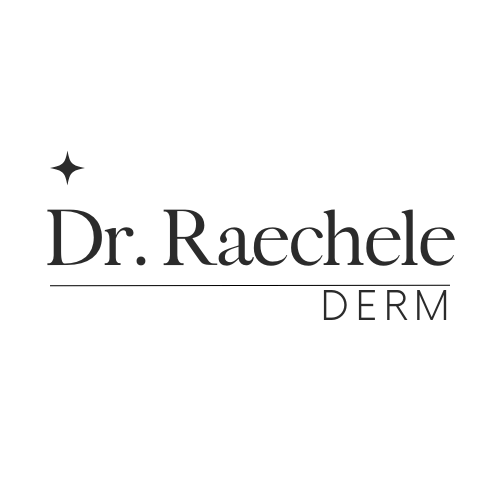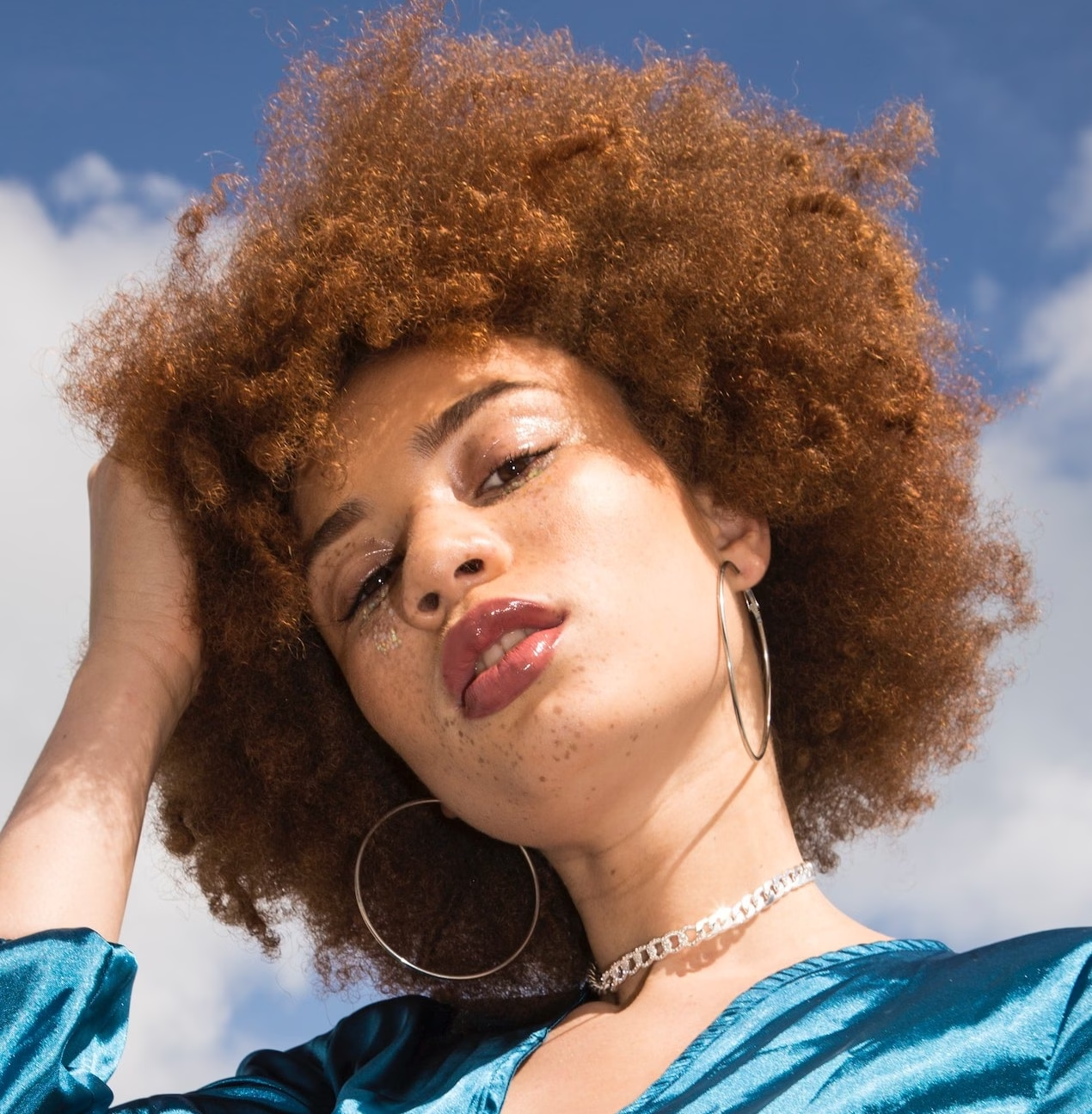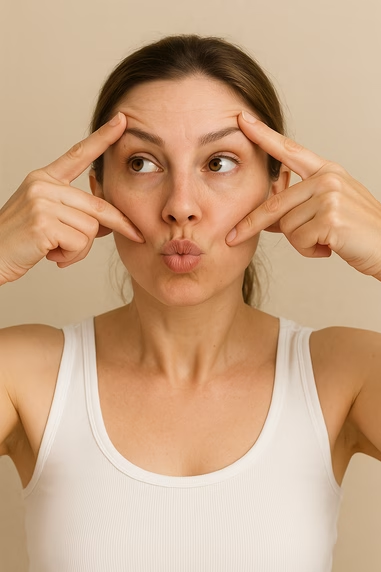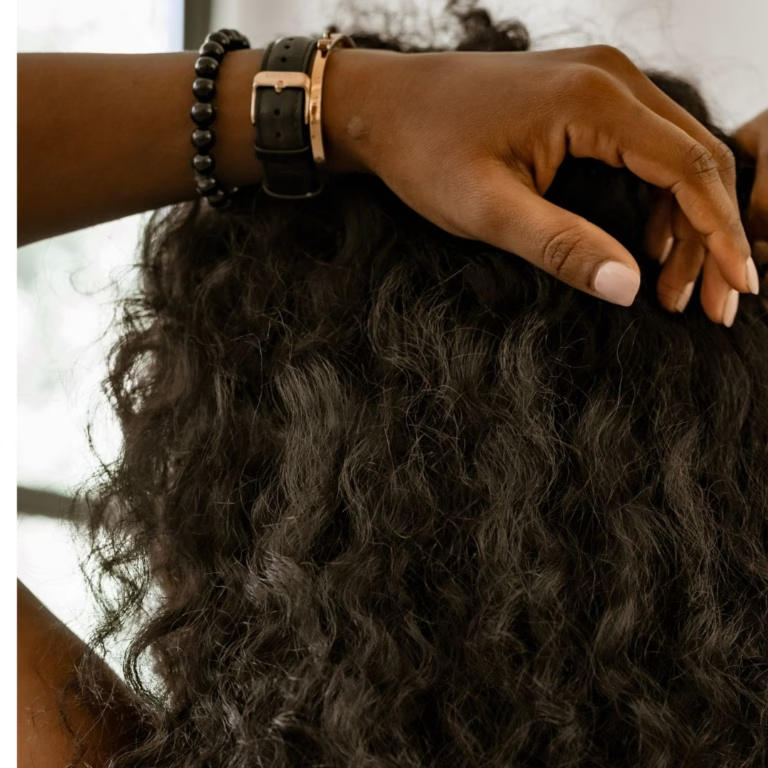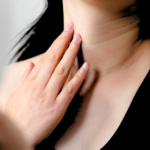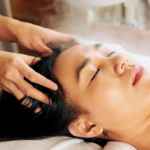If you’re constantly battling an itchy flaky scalp and “dry skin” on your face, or even around your ears and chest—but no amount of moisturizer seems to help—you might be dealing with something else entirely. A surprising number of people misdiagnose seborrheic dermatitis, thinking it’s just a bit of flakiness or seasonal dryness. But this common condition has a very different cause—and treatment.
Let’s break down what seborrheic dermatitis actually is, how to recognize it, and most importantly, what you can do to treat and manage it.
If you’re looking for a quick discussion about seborrheic dermatitis— be sure to check out my video here:
🌿 Watch & Learn:
I’ve put together a quick, easy-to-follow video if you’d like a deeper dive into this topic.
✨ You’ll also find new weekly tips on stress-free skincare, hair wellness, and simple, science-backed beauty — don’t forget to subscribe here!
What Is Seborrheic Dermatitis?
Seborrheic dermatitis is a chronic inflammatory skin condition that primarily affects oily areas of the body like the scalp, eyebrows, sides of the nose, ears, eyelids, and chest. It causes redness, itchiness, and greasy, yellowish or white flakes.
Though it can resemble dry skin, it’s not due to a lack of moisture—it’s caused by a reaction to a yeast called Malassezia that naturally lives on the skin. When this yeast overgrows or your immune system overreacts to it, inflammation occurs.
🌿 Watch & Learn:
✨ You’ll find new weekly tips on stress-free skincare, hair wellness, and simple, science-backed beauty — don’t forget to subscribe here!
Signs It’s Not Just Dry Skin
Common Areas Affected
- Scalp (often mistaken for dandruff)
- Eyebrows
- Around the nose
- Behind the ears
- Beard or mustache area
- Center of the chest
Classic Symptoms
| Symptom | What It Looks Like |
| Flaking | White or yellow greasy scales |
| Redness | Often patchy and inflamed |
| Itchiness | Mild to moderate; worse with sweating |
| Burning or sensitivity | Especially on the face |
If you’re experiencing an itchy flaky scalp that doesn’t improve with moisturizing shampoos, or persistent facial flaking that returns quickly after exfoliation, seborrheic dermatitis could be the culprit.
What Causes Seborrheic Dermatitis?
The exact cause is still being studied, but it’s believed to involve:
- Overgrowth of Malassezia yeast
- Overactive oil glands
- Immune system sensitivity
- Stress and hormonal changes
- Cold, dry weather
Certain medical conditions like Parkinson’s disease, HIV, or depression can also increase the risk.

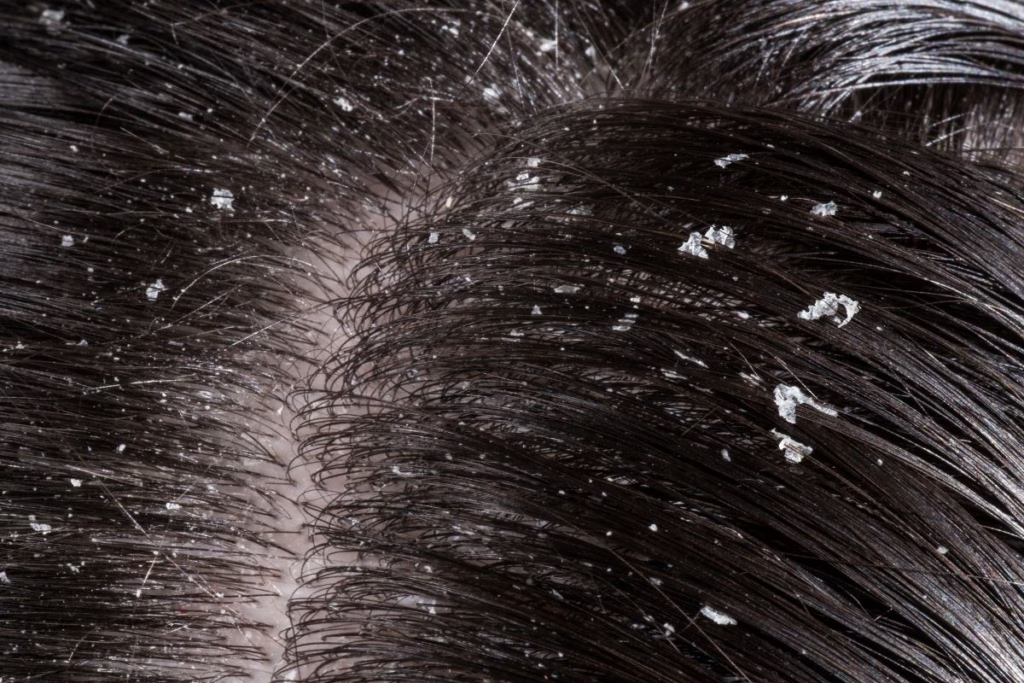
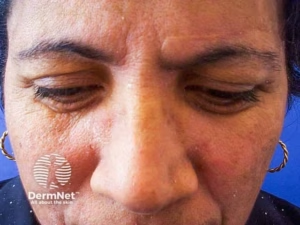
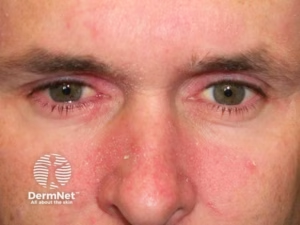
How to Treat an Itchy Flaky Scalp
This is the good news: seborrheic dermatitis is very manageable with the right treatment plan.
Medicated Shampoos
Look for ingredients like:
- Ketoconazole (Nizoral)
- Zinc pyrithione
- Selenium sulfide
- Coal tar
- Salicylic acid
These shampoos reduce yeast and inflammation. Use 2–3 times a week as directed.
Topical Creams
For the face or body, dermatologists may prescribe:
- Low-potency steroids (short-term use)
- Antifungal creams (like ketoconazole or ciclopirox)
- Calcineurin inhibitors (like pimecrolimus or tacrolimus)
Lifestyle & Skin Care Tips
- Use a gentle, fragrance-free cleanser
- Avoid harsh scrubs or exfoliants
- Try incorporating calming ingredients like green tea extract or aloe vera
- Reduce stress, which can worsen flares
- Inquire about adaptogens that may support your body’s stress response
Frequently Asked Questions
Is seborrheic dermatitis the same as dandruff?
Yes and no. Dandruff is the mildest form of seborrheic dermatitis that affects the scalp.
Can it be cured permanently?
There is no permanent cure, but with proper care, you can keep it under control and go long periods without flares.
Can I treat it naturally?
Some people find relief with tea tree oil, apple cider vinegar rinses, or adaptogenic botanicals, but it’s best to speak with a dermatologist before relying solely on natural methods.
Stay in the Know. Subscribe.
